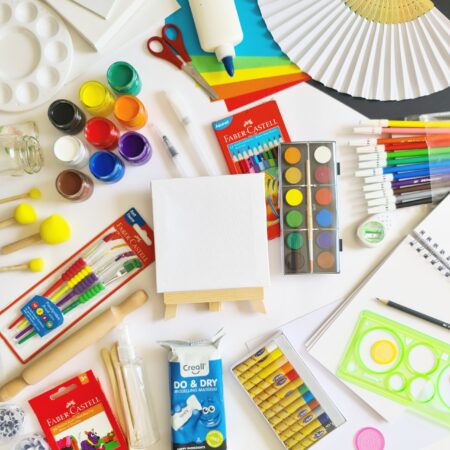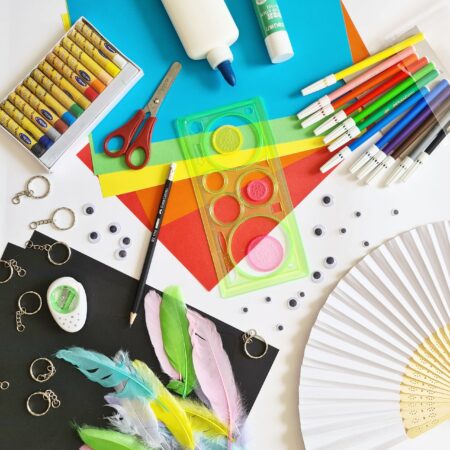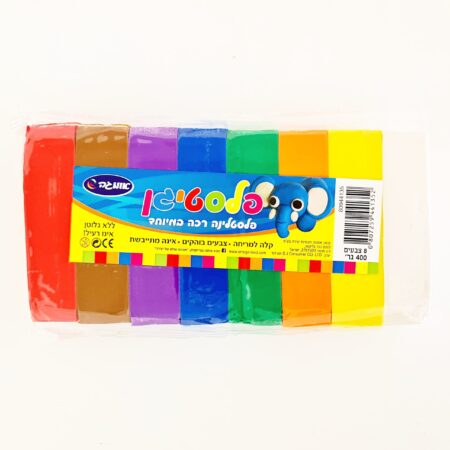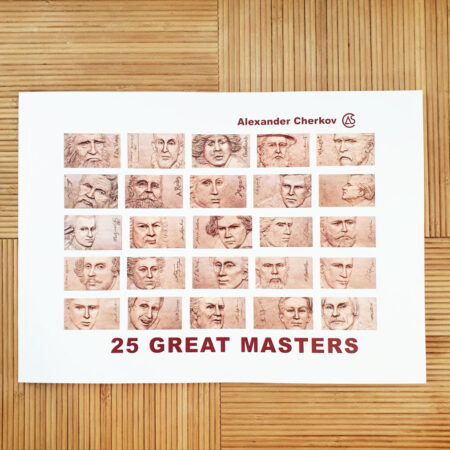Sculpting in plasticine is mostly common among children for study and play purposes. Beyond that, pastelina has various uses in art such as creating molds for sculptures and also in the field of cinema for the production of animated films. The plasticine comes in a variety of colors and you can mix and create new shades. It does not dry out and is suitable for multiple use. Below are facts and properties of plasticine, techniques for sculpting and creation, tips and recommendations.
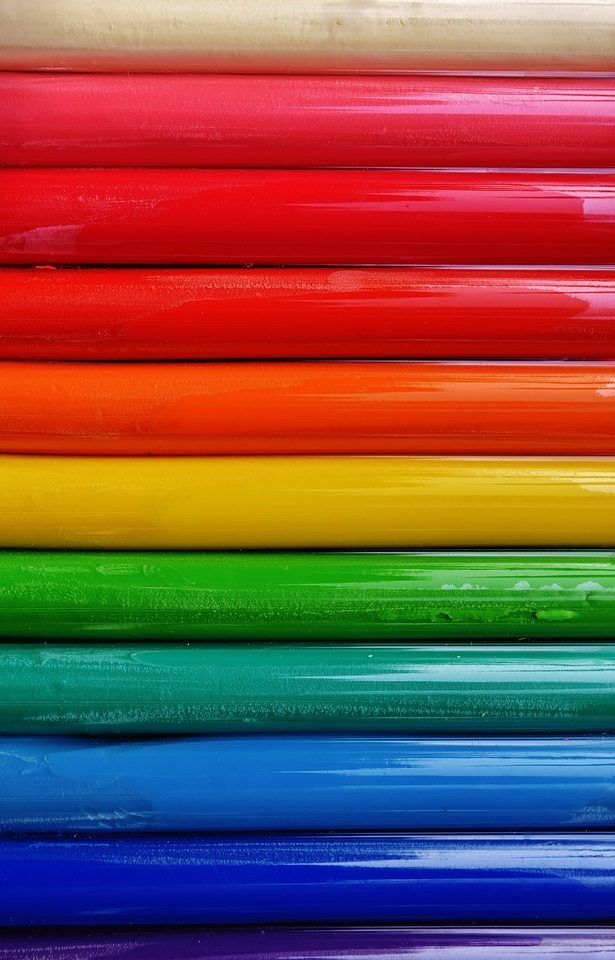
Facts and properties of plasticine
- Plasticine is a flexible and oily substance, consisting of a mixture of Vaseline, calcium salts (mainly carbonated calcium) and fatty acids.
- Plasticine was invented by an art teacher, William Harbot in the late 19th century in England. Harbot wanted clay that does not dry out for his sculpting students. He created a non-toxic, soft and flexible clay that does not dry out when exposed to air.
- The plasticine does not spoil on exposure to air, but is affected by the weather so in the cold it will be hard and in the heat it will be soft. The plasticine does not tend to return to its original shape, can be stretched and is intended for multiple use.
- The original color of the plasticine was gray, later incorporated into a compound of pigments and today you can find plasticine in a wide range of colors, even neon shades glow in the dark. The plasticine mixes easily by kneading and new shades can be created.
An emotional dimension and personal expression that allows sculpting in plasticine
Easy-to-operate plasticine and its rich color invite to play, disassembly and assembly, which strengthens the ability to flex and contributes to a sense of optimism. Plasticine connects to create stories through various colorful images that enrich the narrator.
On the one hand, plasticine enhances the enjoyment of the sensual experience, on the other hand, plasticine may evoke regressive feelings and fear of smearing.
For children and unskilled adult creators, plasticine provides a relatively easy experience of success and a sense of self-satisfaction.
Plasticine sculpture - equipment and related materials
- Work surface - It is recommended to work on a smooth work surface made of Plexiglas or other plastic.
- Design tools - For designing small details, different textures and smoothing the sculpture.
- rolling pin - For flattening the plasticine to a flat surface.
- construction - A support skeleton can be built for a sculpture made of plasticine from iron wires with the help of pliers.
How to use, tips and recommendations for sculpting in plasticine
- Can be kneaded, rolled, built up and sculpted in plasticine. Design tools with different profiles can be used to design small details in a plasticine sculpture. You can use various available objects to design and create textures on the surface of the sculpture, for example a comb, a fork, etc.
- You can cut the plasticine with a plastic tool, make strips with a garlic masher, and slice it with an egg cutter. You can use skewers or toothpicks to support a plasticine statue and even use them as part of the statue itself.
- The plasticine can be mixed in different colors to create new shades.
- You can choose a hard substrate, for example cardboard or thick Bristol, smear the plasticine and create a three-dimensional image - a relief.
- In an initial acquaintance with plasticine, it is desirable to create simple shapes. For example, snake shape by rolling a block of plasticine on a work surface back and forth. Ball shape by holding a block of plasticine between the two palms and rotating them in circles. The ball can be crushed to form a flat disc shape. Cube shape through the partition of the plasticine block with the help of the finger and thumb from above and below with one hand, and on both sides with the other, then drum on the table on all sides of the cube.


